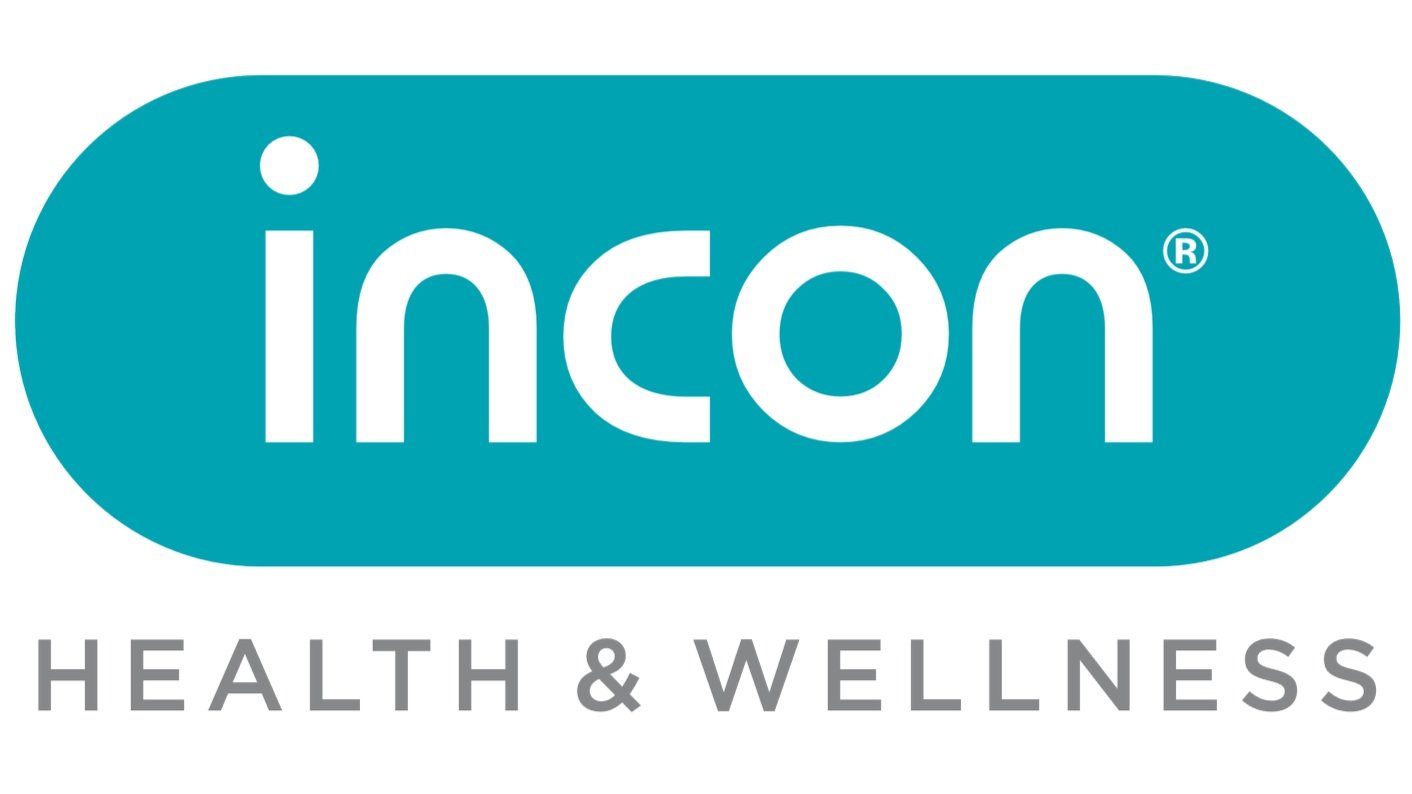Efficiency & Ergonomics
In today's fast-paced work environments, the well-being of employees takes centre stage. Workplace ergonomics, the science of optimising safety, comfort, and productivity, plays a vital role in achieving this. In this concise blog, we'll explore the significance of ergonomics and its contribution to workplace health and efficiency.
Understanding Ergonomics
Workplace ergonomics focuses on creating environments that enhance well-being and productivity by optimising workspace interactions. Its primary goal is to prevent injuries and improve work processes.
Ergonomic Office Setup
In office settings, ergonomics starts with creating ergonomic workspaces. This involves adjusting desk and chair heights, positioning monitors at eye level, and optimising keyboard placement. Ergonomic office design not only reduces musculoskeletal risks but also enhances comfort and efficiency.
Ergonomics in Manual Labour Jobs
Ergonomics extends beyond offices to physically demanding roles like construction and healthcare. Proper ergonomics in these fields significantly reduces workplace injuries and improves work quality through minor adjustments and ergonomic tools.
Ergonomics in Remote Work
Remote work is on the rise, and ergonomics play a crucial role in home offices. By ensuring chair support, keyboard placement, and monitor height, remote workers can minimise discomfort and injuries.
Ergonomics and Injury Prevention
Beyond comfort, ergonomics prevents injuries such as back pain, carpal tunnel syndrome, and repetitive strain injuries. Employers investing in ergonomics safeguard their employees' health and reduce injury-related costs.
Ergonomics and Productivity
Comfortable workspaces boost productivity by minimising discomfort and fatigue. Employees can focus better on their tasks, resulting in higher efficiency. Numerous studies link ergonomic improvements to increased productivity.
Employee Training and Awareness
Employee training and awareness are critical for ergonomic benefits. Employers must educate their staff on safe work practices, ensuring the principles of ergonomics are well understood and applied.
Legal Compliance
Ergonomic guidelines often have legal implications. Compliance is mandatory in various industries to ensure safety and well-being while avoiding legal issues.
Conclusion
Prioritising workplace ergonomics goes beyond well-being; it's a strategic decision that boosts productivity and reduces injury-related costs. By implementing ergonomic practices and creating safe, comfortable workspaces, employers enhance overall workplace health and efficiency, fostering a more successful and sustainable work environment.

